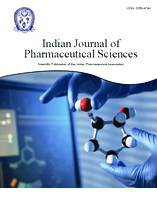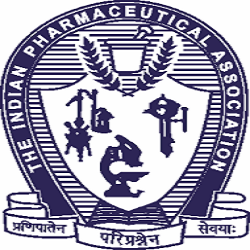Abstract
Development and Validation of Novel and Highly Sensitive Stability-Indicating Reverse Phase Ultra Performance Liquid Chromatography Method for Quantification of Ibrutinib and its ten Degradation Products
KIET School of Pharmacy, KIET Group of Institutions, Delhi-NCR, Ghaziabad-201206, 1Amity Institute of Pharmacy, Amity University, Noida-201301, 2Analytical Research & Development Department, TEVA API India Pvt. Ltd., Greater Noida-201306, 3Natural Product Chemistry Division, Indian Institute of Integrative Medicine, Canal Road, Jammu-180001, 4Academy of Scientific and Innovative Research (AcSIR), Ghaziabad-201002, India
Correspondence Address:
L. MEHTA, 1Amity Institute of Pharmacy, Amity University, Noida-201301, India, Email: mehta.lovekesh@gmail.com
In present study, a novel, simple, robust, stability-indicating, highly sensitive and specific reverse phase ultra-performance liquid chromatographic method was established and validated for the determination of ibrutinib using acquity charged surface hybrid C-18 (100 mm×2.1 mm, 1.7 μm) column with a mobile phase consisting of mixture of Eluent-A phosphate buffer, 0.1 % triethylamine, (pH 6.0) and Eluent-B acetonitrile with flow rate 0.3 ml min-1. The detection was monitored at 215 nm using photodiode array detector. Linearity was observed from 25 to 250 ng ml-1 (correlation of coefficient was 0.9999) with equation, y=100.1880x-130.8966. The observed limit of detection and limit of quantitation were 25 ng ml-1 and 50 ng ml-1 respectively. Ibrutinib was subjected to stress conditions comprising hydrolytic (acid, alkali and neutral), oxidative, photolytic and thermal degradation as per International council for harmonisation Q1 guidelines. The results showed that substantial degradation were observed in acid, base and peroxide degradation condition and resistant to neutral, photolytic and thermal degradation. This is first highly sensitive stability-indicating ultra-performance liquid chromatography method capable of separating ibrutinib and its ten degradation products at nano gram (ng) level. The method was validated as stated by International council for harmonisation guidelines.




